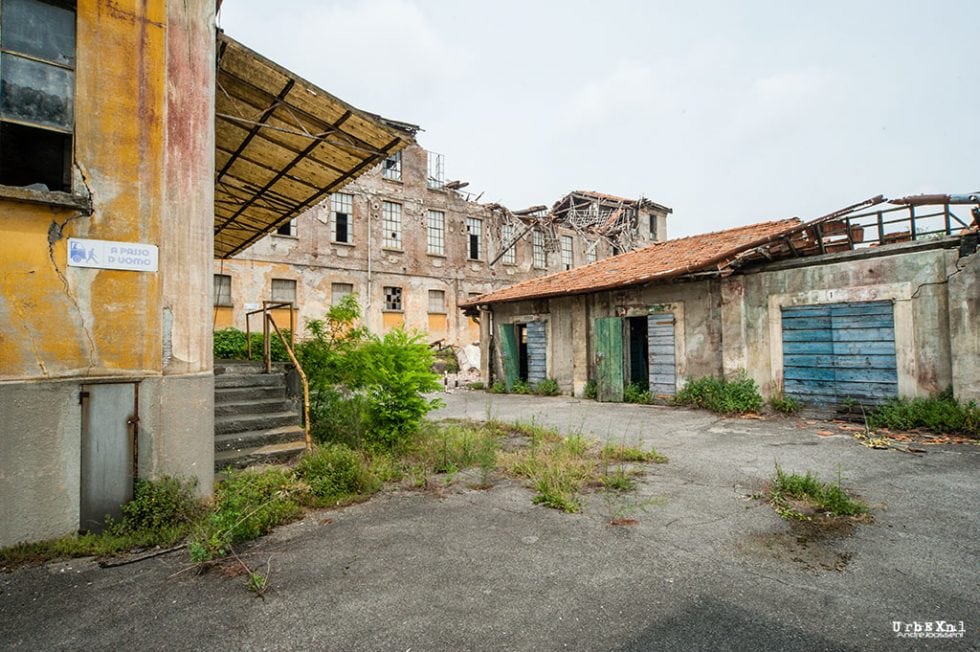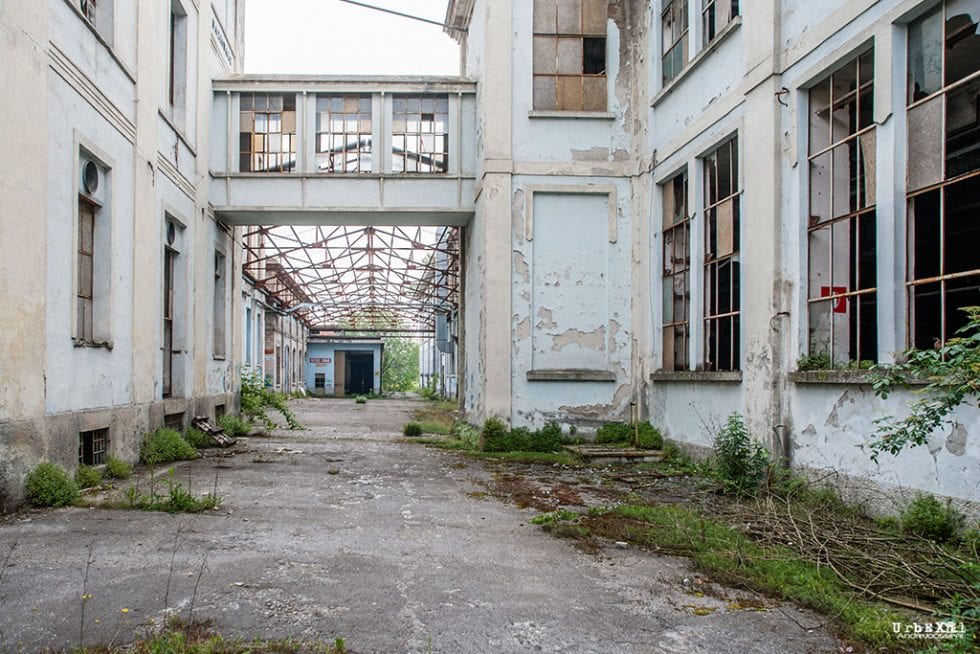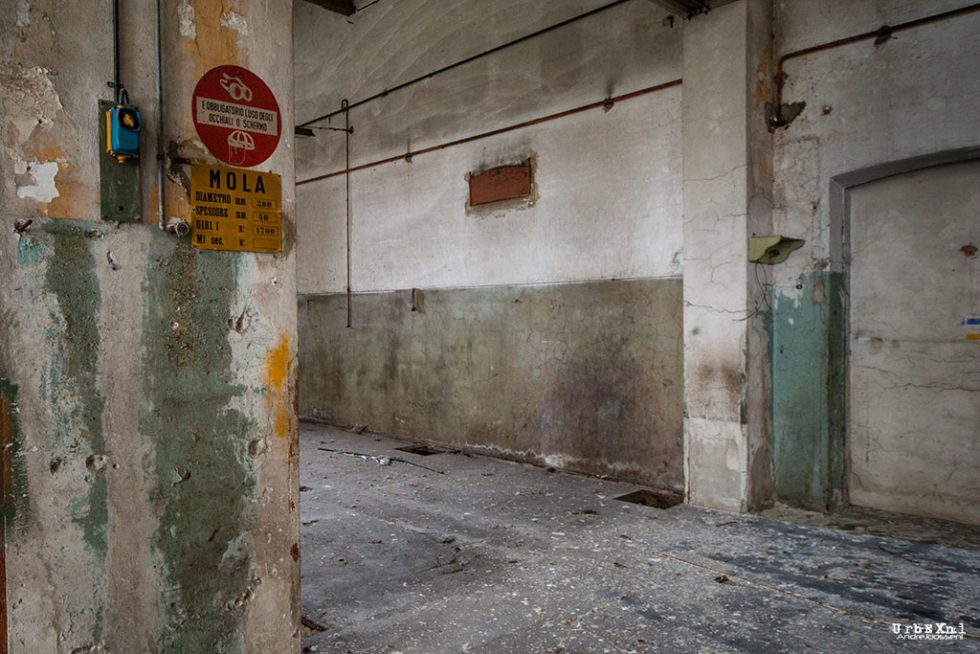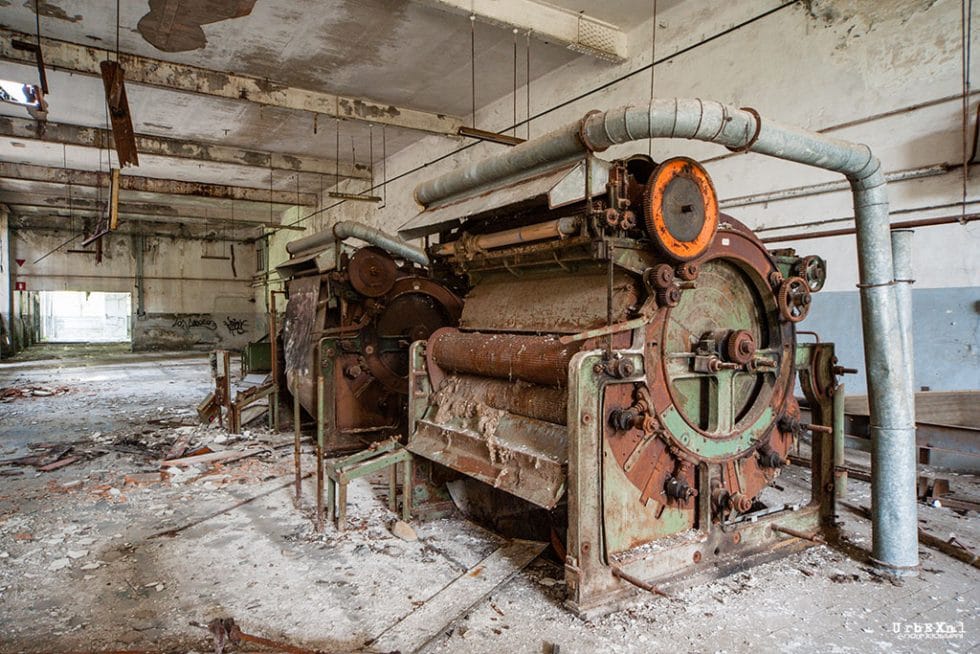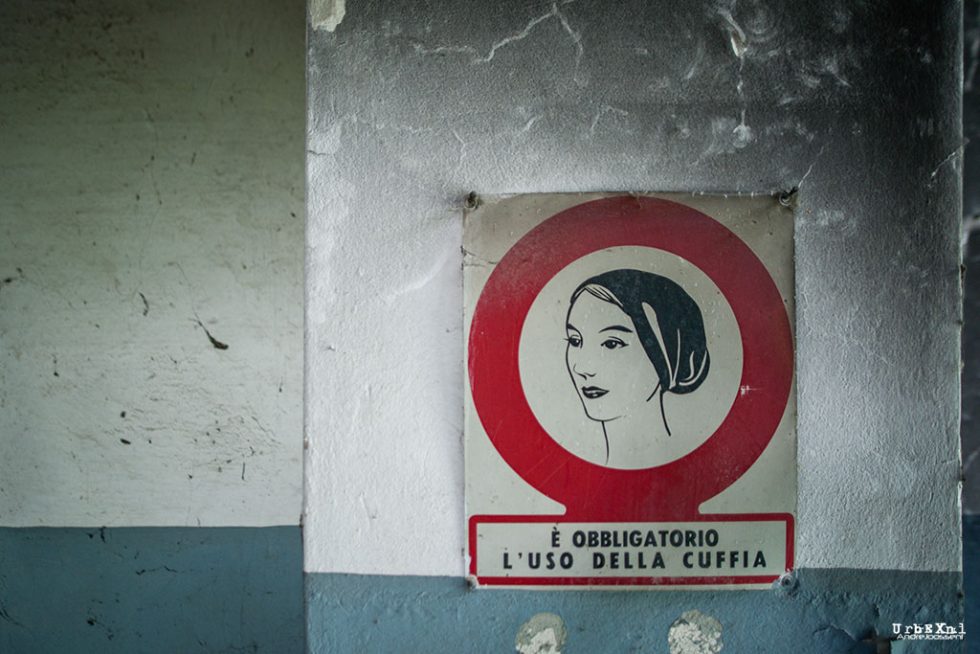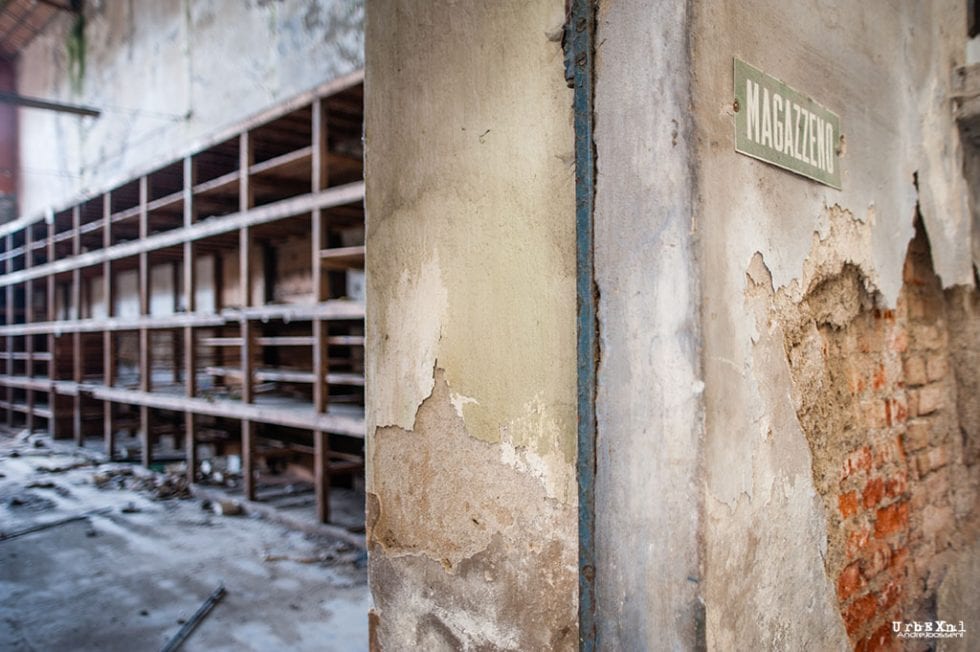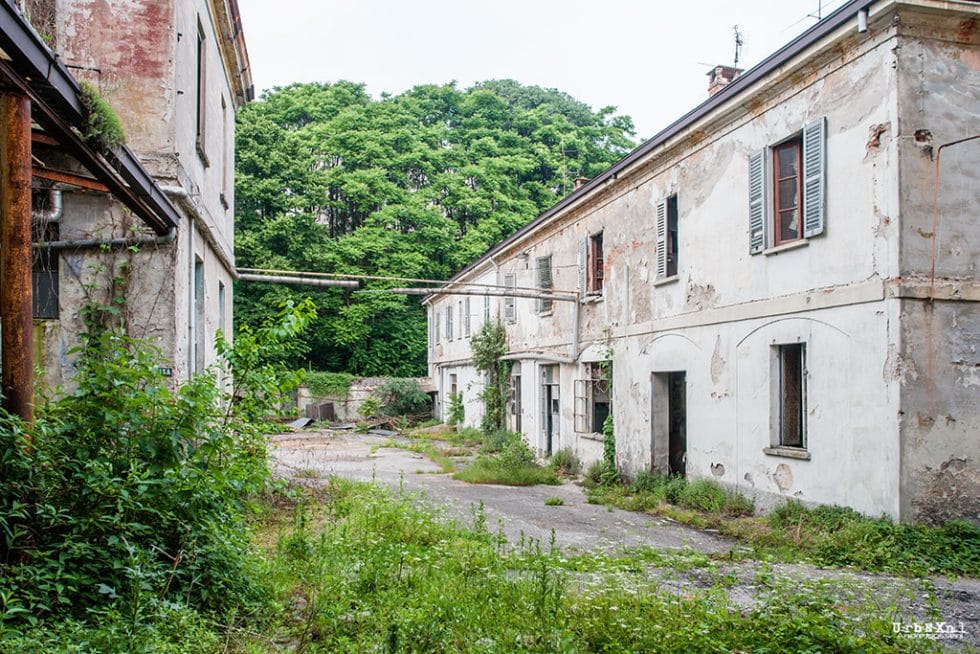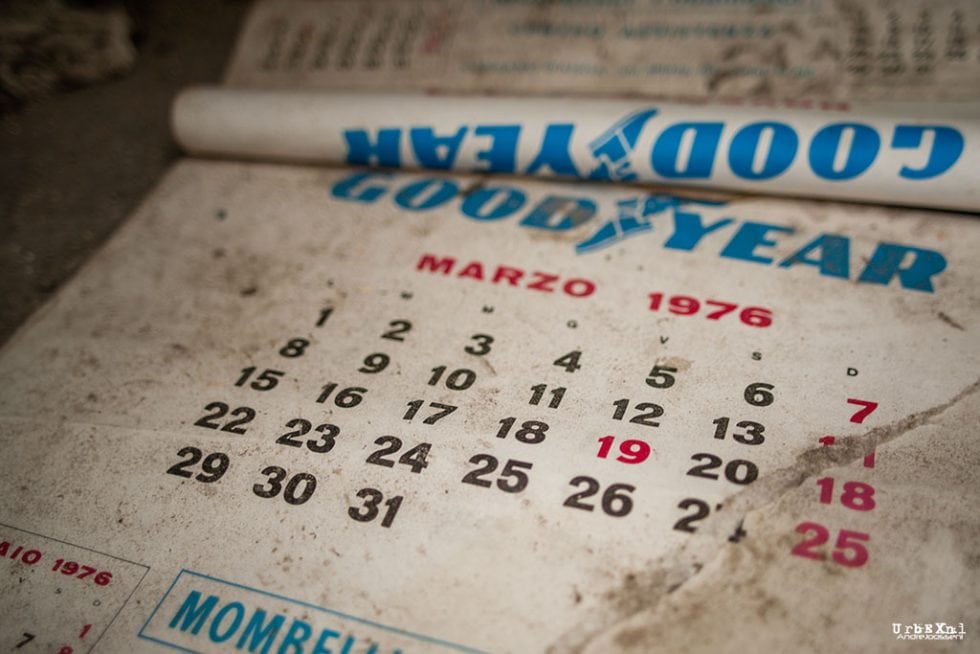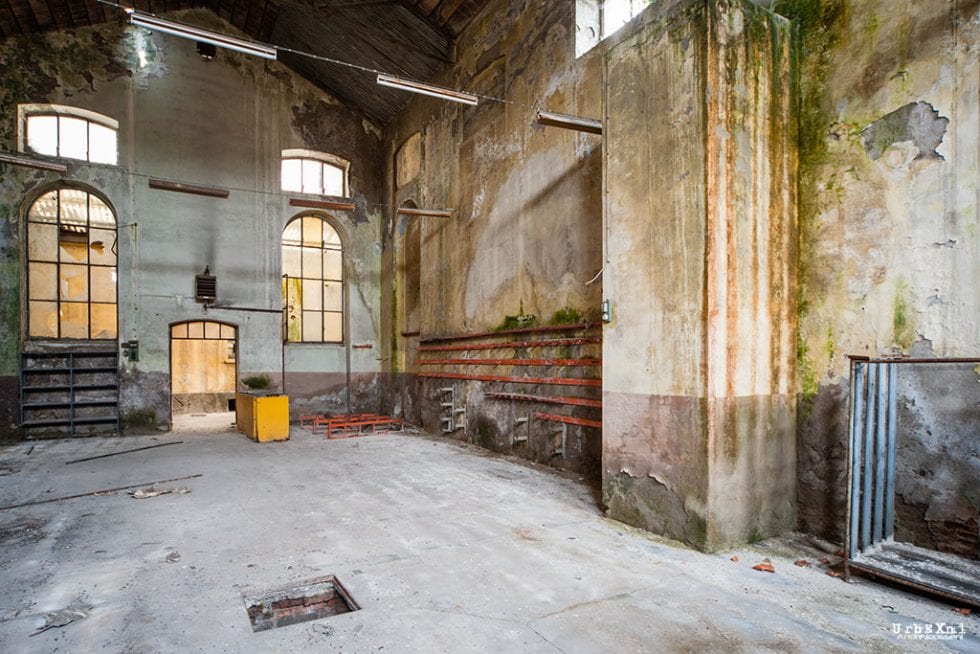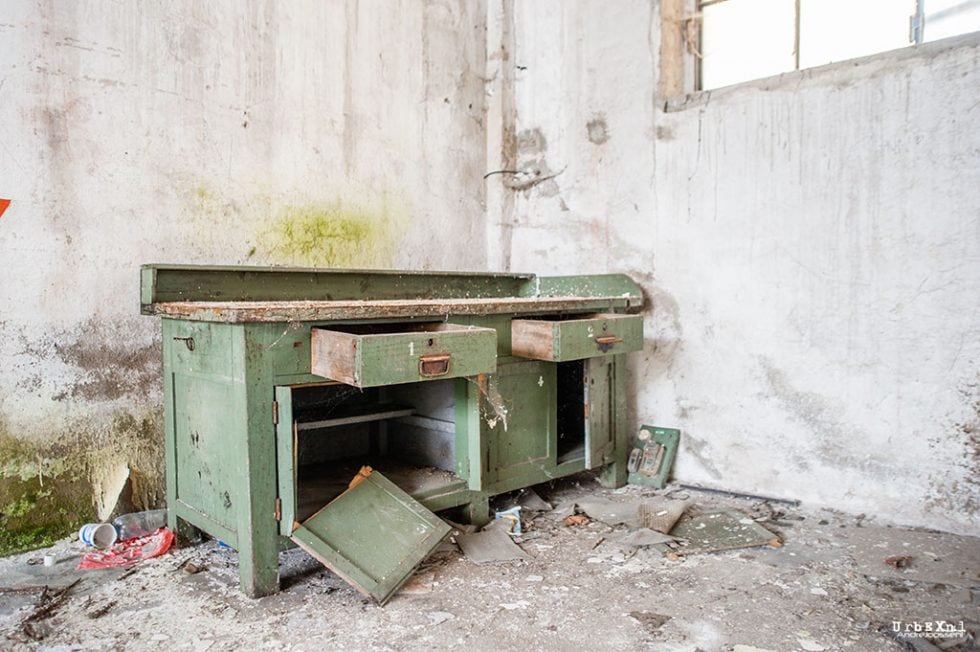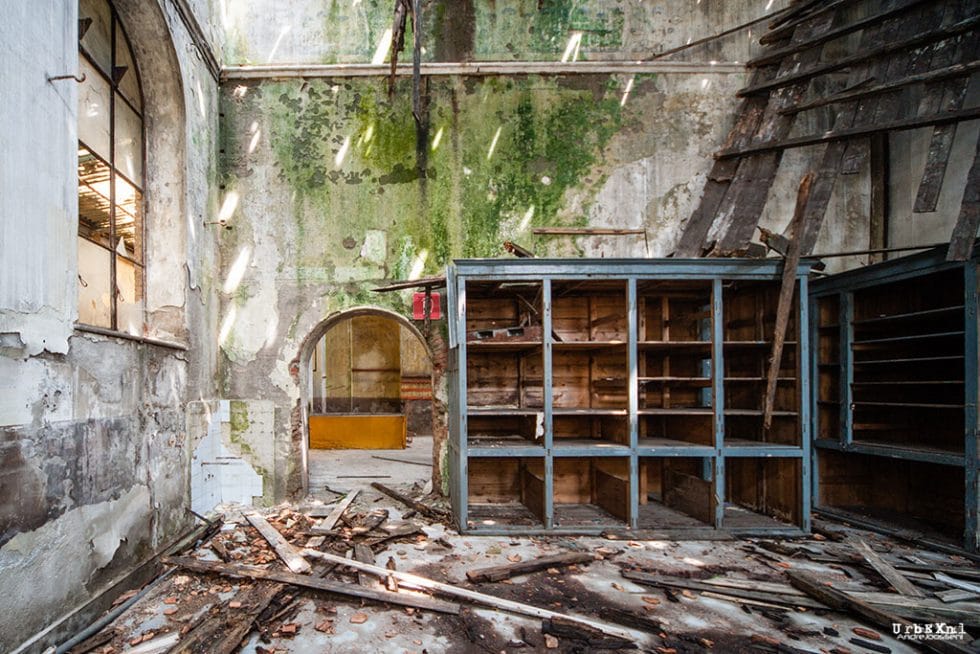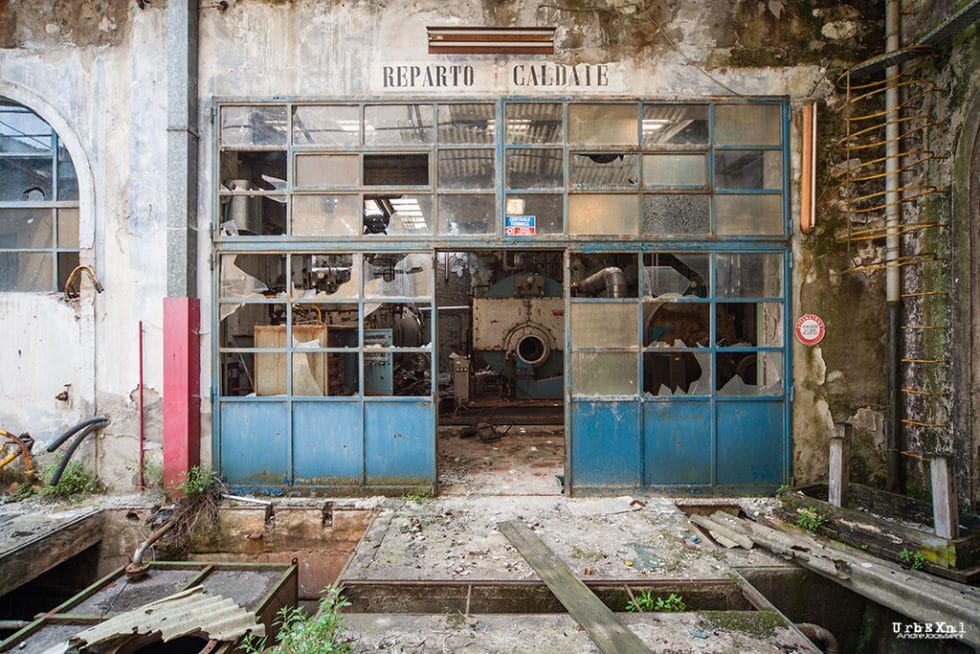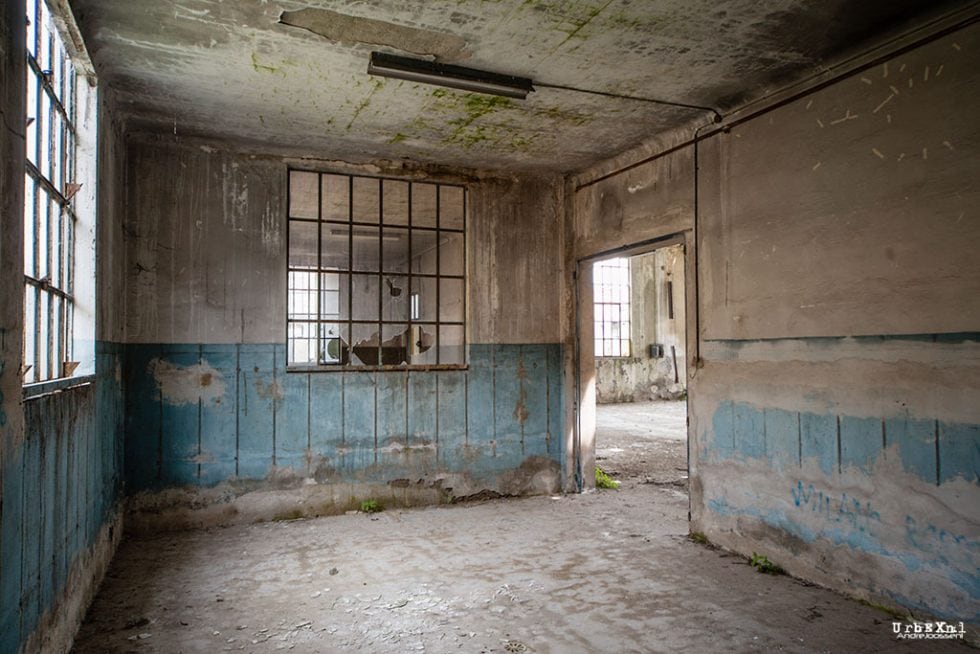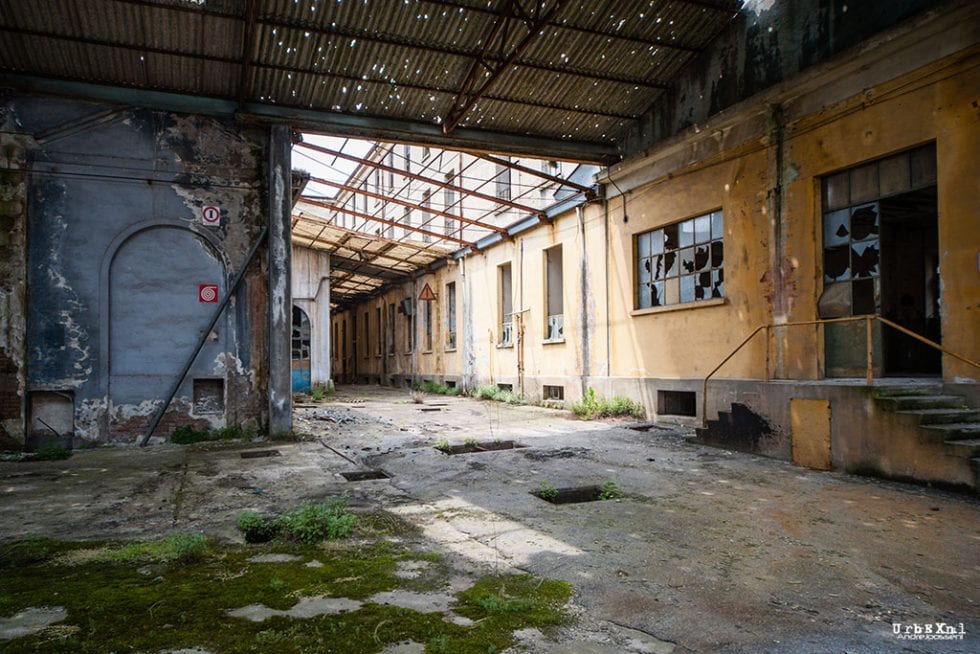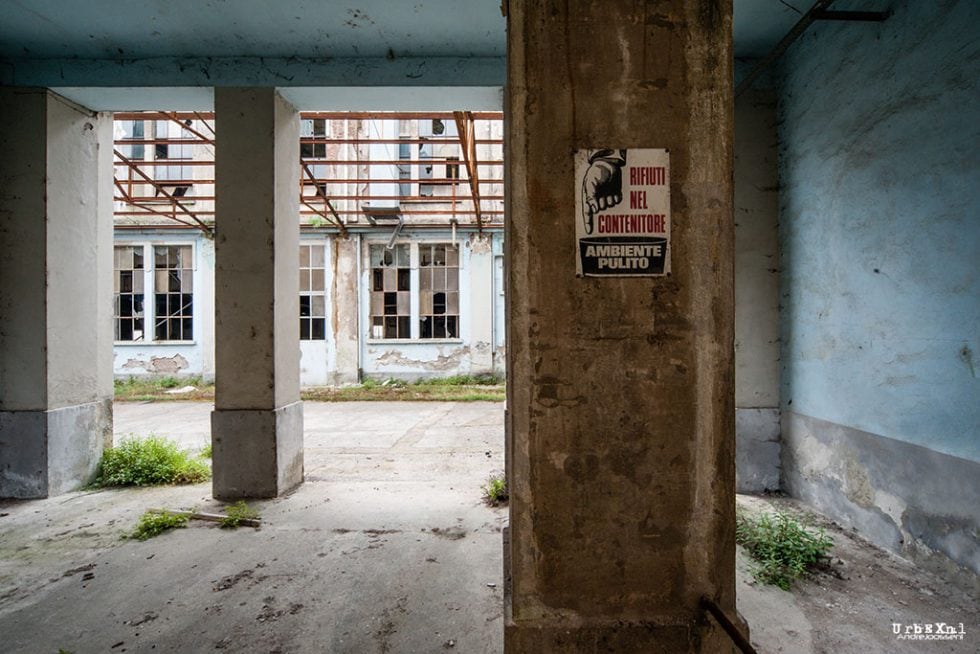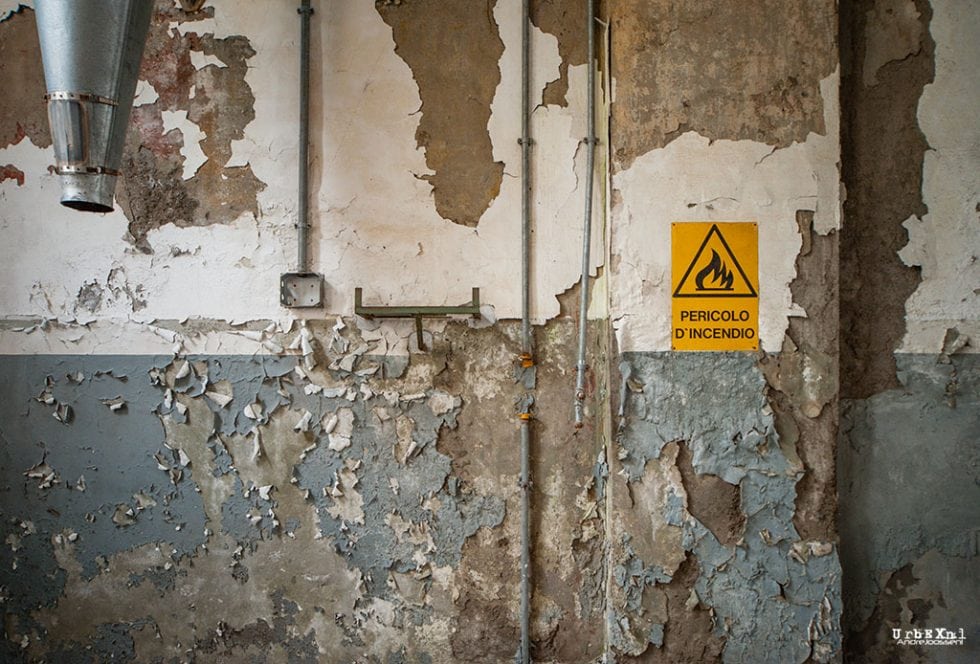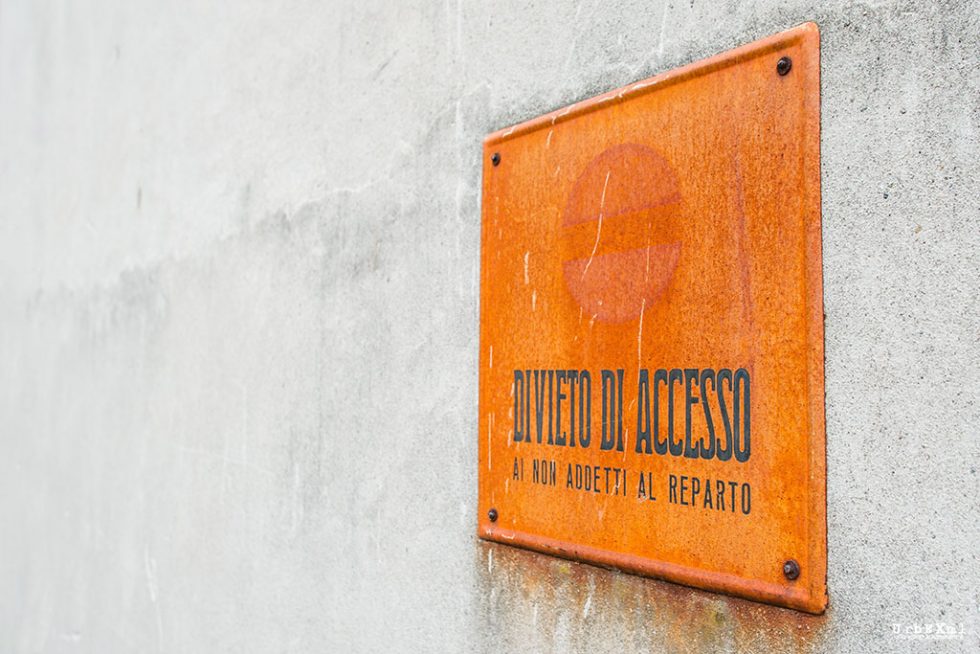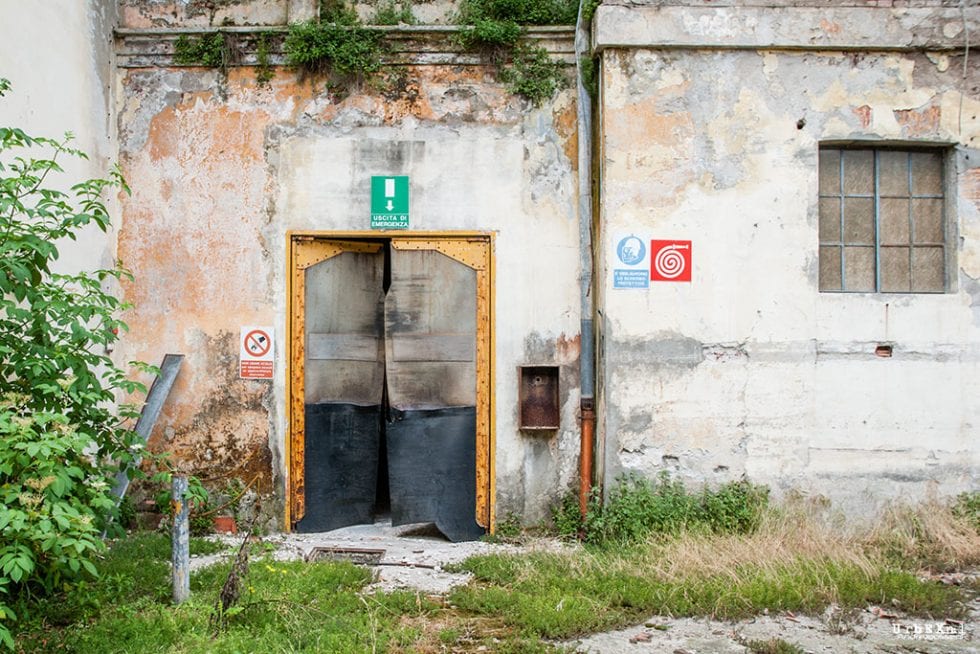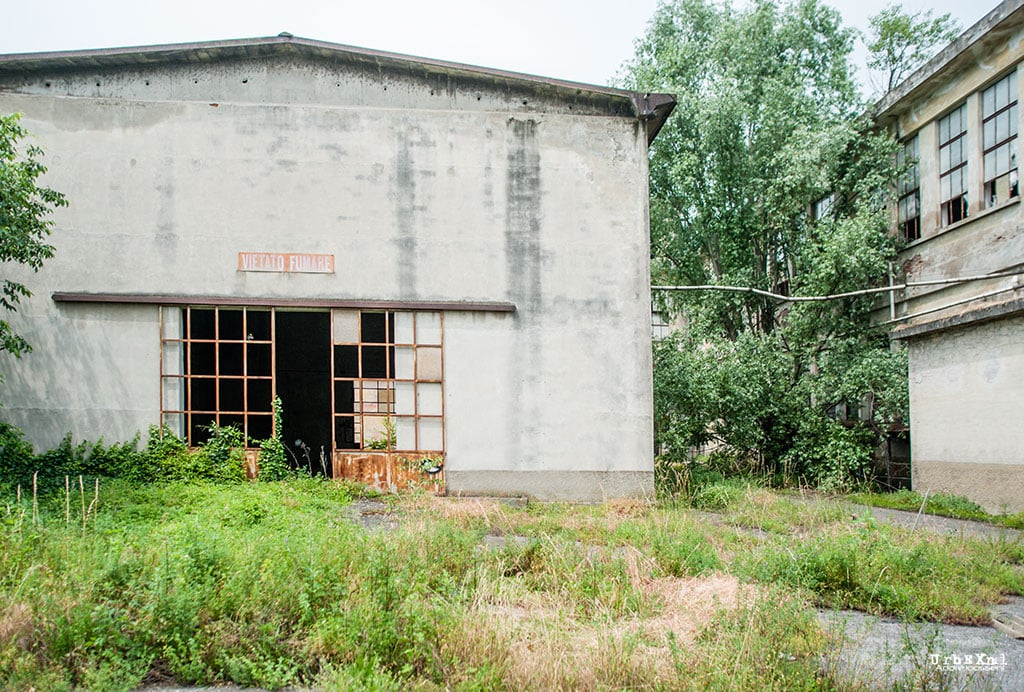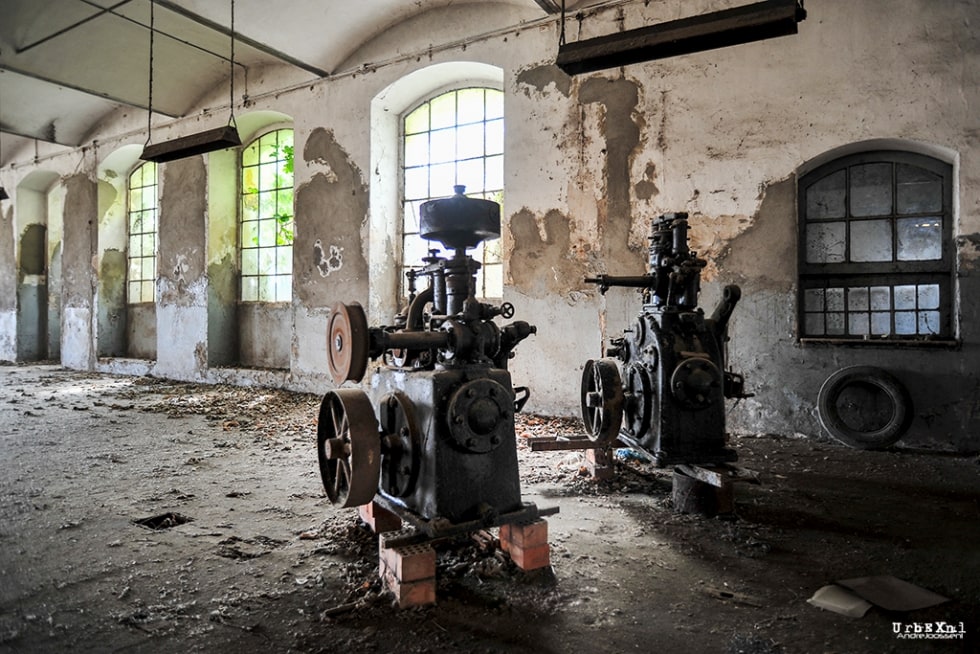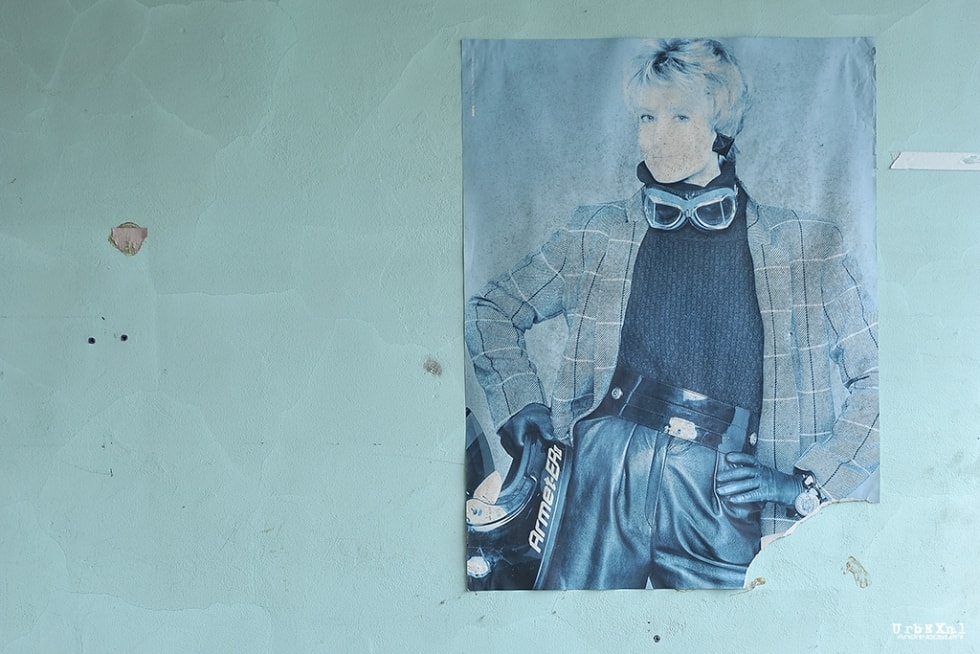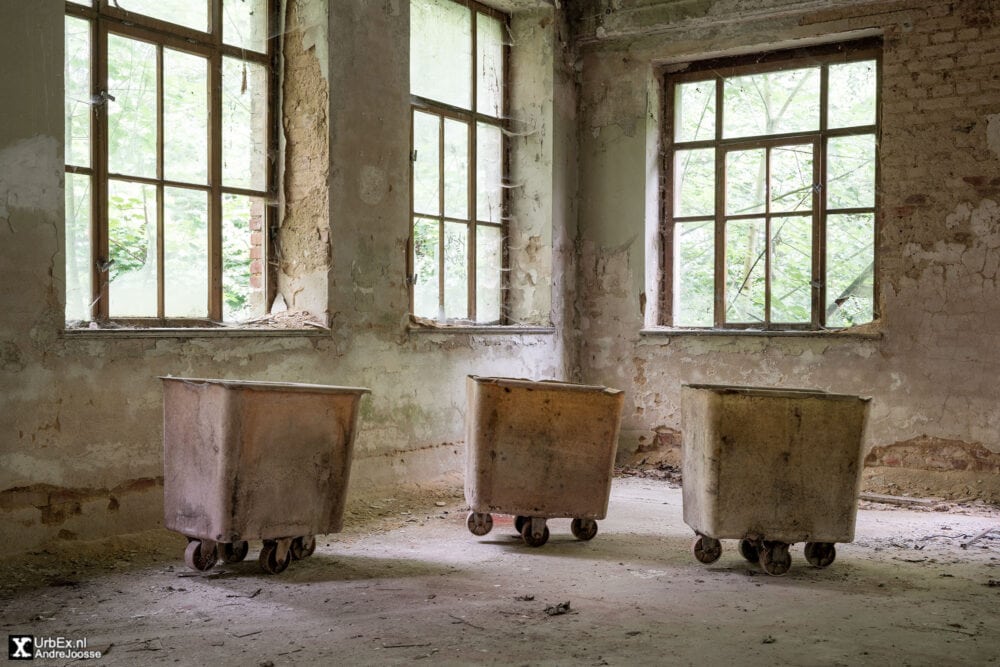Linificio Canapificio Nazionale
THE ABANDONED FACTORY IN ITALY
‘Linificio Canapificio Nazionale’ was once the largest rope and hemp company in Europe. The factory was built in 1840 along the Muzza, the irrigation canal dug in 1230.
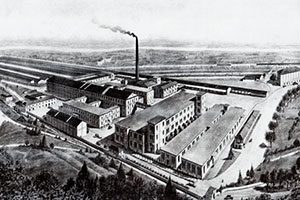
The origin of this impressive factory dates back to 1840, when Paolo Battaglia decided to open a small flax mill on the Adda river, not far from Milan. They organized the company according to the English model, both in design and in machinery, making them, towards the end of 1800, one of the largest textile factories of Europe. In 1847 the mill was bought by ‘Ditta Cusani & C’ with the introduction of spinning and weaving of hemp.
A state-of-the-art water system facilitated water powered machines through a labyrinth of tunnels that carried water throughout the complex. The spinning mill was completed with a weaving and bleaching department in 1860. A new company was founded by Andrea Ponti in 1873 ‘Linificio Canapificio Nazionale’ unified all existing factories into a strong and well-organized company.
The postwar period was difficult, especially because LCN found itself devoid of international relations. After an initial reconstruction and reorganization, better times followed and both production and exports increased.
Meanwhile, in 1986 LCN became a victim of a financial crisis. As a result, it was sold to the Marzotto Group. They tried to improve the international presence by opening factories in Eastern Europe and Northern Africa. At the same time, all factories in Italy were closing down. This mill was abandoned in 1994 and is empty ever since. The company is still active today, with the headquarters in Bergamo and production centers in Tunisia and Lithuania. I visited this abandoned factory in 2010.
